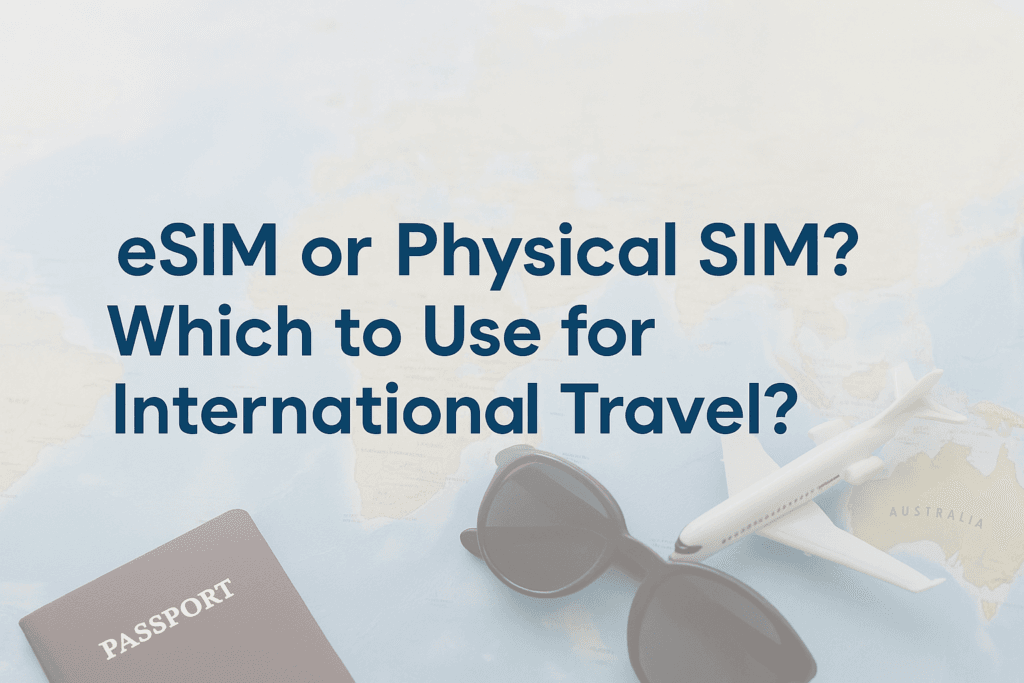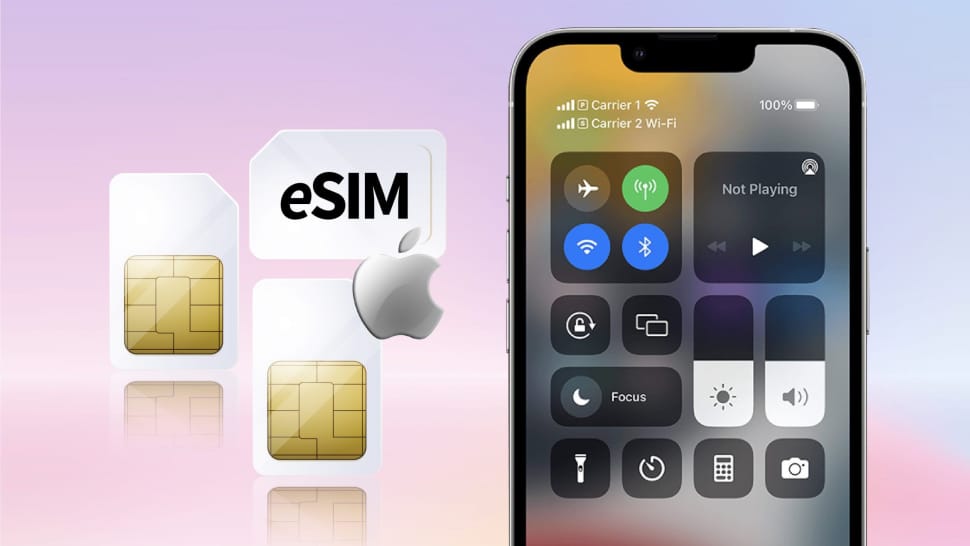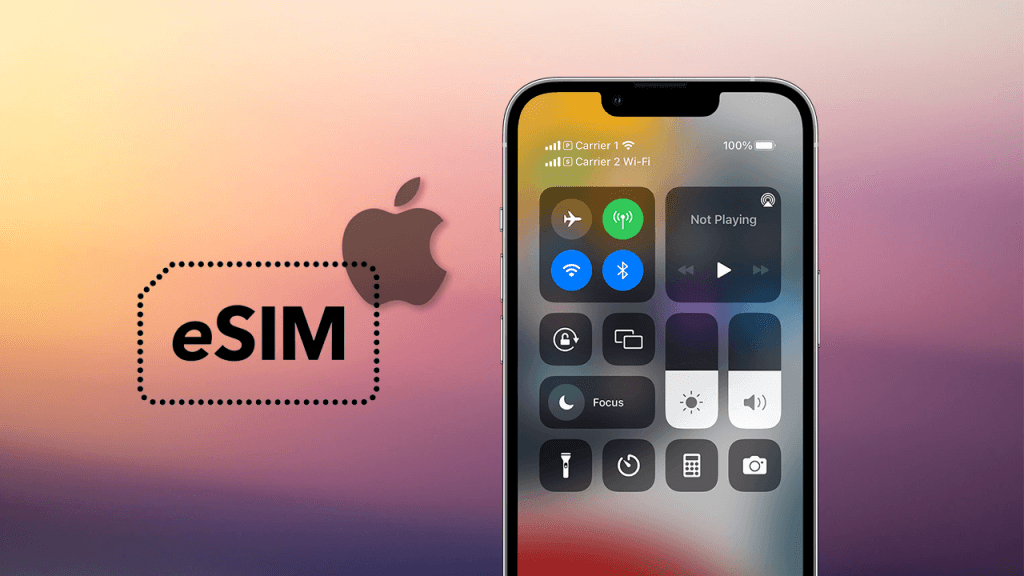
1. Введение в eSIM
eSIM (Embedded SIM) — это тип SIM-карты, встроенной в устройство, вместо использования физической SIM-карты, как это было раньше. Вместо необходимости вставлять SIM-карту в устройство, eSIM интегрируется непосредственно в материнскую плату смартфонов, умных часов, планшетов или устройств Интернета вещей (IoT). Эта технология была разработана для замены физической SIM-карты, обеспечивая больше удобства и гибкости для пользователей.
2. Как работает eSIM
eSIM работает через компактный чип, предустановленный в мобильных устройствах, что позволяет пользователям загружать профили операторов через интернет без необходимости вставлять традиционную SIM-карту.
3. Различия между eSIM и физической SIM-картой
| Критерии | eSIM | Физическая SIM-карта |
|---|---|---|
| Форма | Интегрирована в устройство, не требует извлечения. | Физическую SIM-карту необходимо вставить в слот для SIM-карты. |
| Размер | Намного меньше, всего лишь электронный чип на плате. | Доступна в различных размерах, таких как nano SIM, micro SIM и стандартная SIM. |
| Удобство | Легко переключайтесь между операторами без изменения оборудования. | Для смены оператора требуется извлечь или заменить физическую SIM-карту. |
| Удобство использования | Поддерживает несколько профилей операторов на одном устройстве. | Каждая физическая SIM-карта может работать только с одним оператором одновременно. |
| Прочность | Не легко повреждается или теряется при извлечении или вставке. | Легко теряется, повреждается или ломается, если с ней не обращаться осторожно. |





